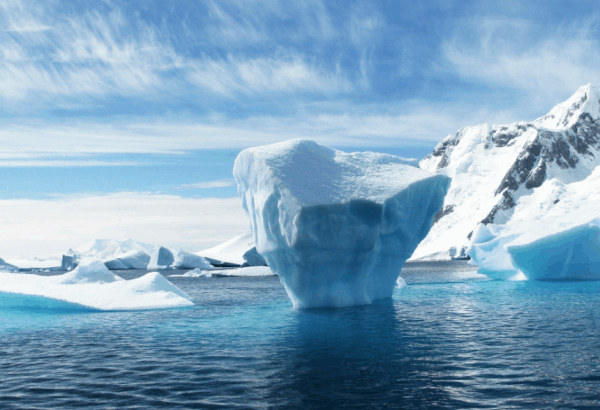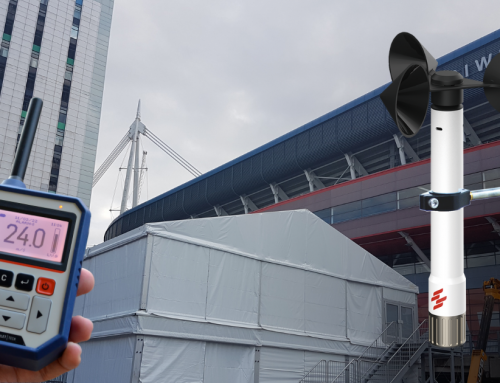Last Updated on
Wind speed describes how fast the air is moving past a certain point. This may be averaged over a given unit of time, such as miles per hour, or an instantaneous speed reported as a peak wind speed, wind gust, or storm. Wind speed is measured for many reasons; the most valuable purpose is for scientific studies because wind speed data is relevant for predicting weather patterns and global climate.
Typically, scientists set up weather stations to measure long-term wind speed in places like the beach sides, mountains, or polar regions, where they may measure extreme and non-usual wind speed that are favored in their research.
Here are the locations where the strongest wind speed are measured in the world:
Oklahoma City, Oklahoma, USA, 302mph
It’s listed as the fastest wind speed by Guinness World Records, yet it isn’t counted as the fastest measured wind speed because its equipment isn’t officially recognized.
Since Oklahoma is located in the southeast of America, known as “Tornado Alley, “tornados have often been struck by tornados during springtimes. This super-strong wind speed is the highest tornadic wind speed that has ever been measured.
Barrow Island, Australia, 254mph
The fastest wind speed not associated with a tornado was recorded: an incredible and frankly terrifying 254mph, reached in April 1996. Indeed, Barrow Island is windy, but this 254mph record is an exception; which the driving force was a tropical cyclone named Olivia.
The wind speed had never reached this extreme record after it had been measured.
Mount Everest, China and Nepal, 175mph
The height of 29,029 feet and the effects of altitude makes extreme blusters hitting at speeds above frighteningly 100mph familiar in the winter. The record, which is in the same range as a Category 5 hurricane, classed as 157mph or above, was recorded at the summit in February 2004.
Wellington, New Zealand, 154mph
This record was registered on Hawkins Hill, where the windiest year was battered by gale-force winds (defined as above 42mph) on 233 days. The whipping winds are believed to be due to the gusts being funneled through Cook Strait, a 14-mile-wide (22.5km) gap between North Island and South Island mountains.
Antarctica, at least 95mph
Antarctica is home to unusual downslope winds. The cold climate and the surface are two main reasons that caused the winds.
“Persistent cooling of the surface – particularly during the Antarctic winter, when the sun is always below or only just above the horizon – leads to the formation of a shallow layer of cold, dense air above the surface,” says John King of the British Antarctic Survey in Cambridge, UK.
However, with the interruptions from snow, ice, and sub-zero temperature, it is challenging to measure Antarctica’s accurate wind speed.








